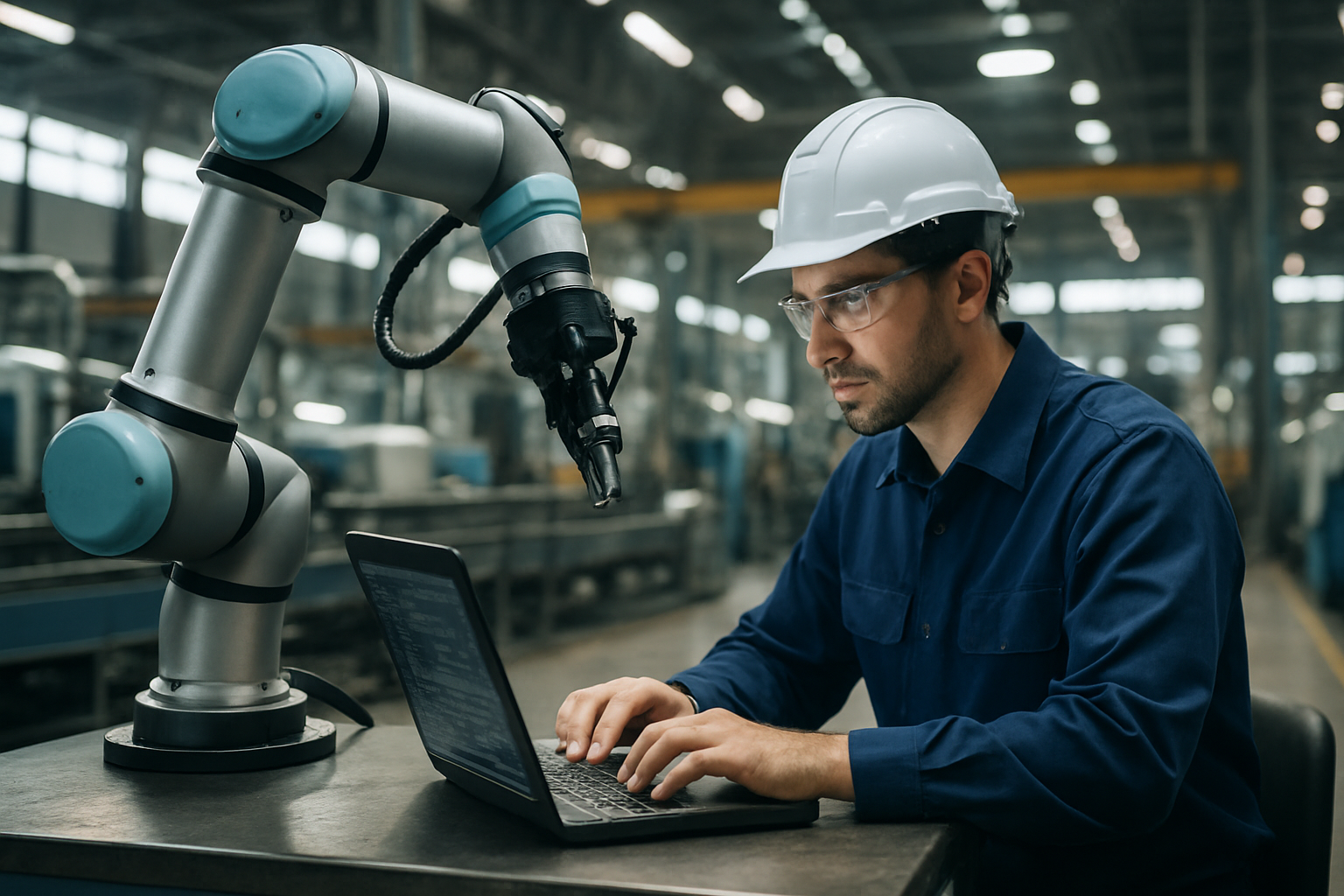Global approaches to workforce reskilling in production environments
Manufacturing operations worldwide face rapid change as automation, digitalization, and stricter compliance demands reshape shop floors. Reskilling initiatives aim to align workforce competency with new tools and processes, blending hands-on apprenticeship models with certification pathways and targeted training in robotics, PLCs, CNC systems, maintenance, and quality assurance.

Global manufacturing sectors are confronting an ongoing shift in required skills as automation, robotics, and digitalization alter daily operations. Reskilling and upskilling programs are increasingly focused on practical competencies—troubleshooting, calibration, maintenance, and compliance—while preserving safety and quality standards. Employers, training providers, and policy bodies are experimenting with blended learning, competency-based certification, and workplace apprenticeships to ensure workers can operate and maintain modern production equipment.
Upskilling and reskilling strategies for workforce change
Effective upskilling and reskilling begins with mapping existing workforce skills against future operational needs. Across regions, organizations use skills assessments and role-based competency frameworks to identify gaps in PLC programming, CNC operation, troubleshooting, or maintenance tasks. Programs that combine short technical modules with on-the-job coaching help transfer classroom knowledge into practical actions. Emphasizing measurable competency outcomes and certification encourages consistent standards across teams and facilities.
Tailored learning paths often prioritize safety and quality alongside technical skills, ensuring new capabilities do not compromise compliance. Micro-credentialing and modular courses let workers progress at their own pace while employers track improvement in operations and reduced downtime. This modular approach supports continuous learning without removing large numbers of staff from production for extended periods.
Automation, robotics, PLC and CNC training approaches
Training for automation and robotics typically pairs simulator-based practice with supervised hands-on time on actual machines. PLC and CNC instruction focuses on logic, ladder programming, human-machine interface (HMI) operation, and parameter tuning for processes. Many programs introduce diagnostics and troubleshooting scenarios so technicians can identify failure modes, perform calibration, and restore production quickly and safely.
Institutions and companies employ virtual labs and digital twins to provide risk-free environments for experimenting with control sequences or robotic cell layouts. These digital tools speed learning curves and allow repeated practice of rare fault conditions, improving readiness for real-world maintenance and operations tasks.
Safety, quality, maintenance, and calibration emphasis
Reskilling strategies integrate safety, quality, and maintenance as core competencies rather than add-ons. Workers trained in preventive maintenance and calibration can reduce variation and preserve product quality, which supports compliance requirements. Courses often include root-cause analysis, statistical process control basics, and standard operating procedure (SOP) adherence to tie technical tasks to quality outcomes.
A safety-first mindset is reinforced through scenario-based training and competency checks that verify the ability to perform maintenance or calibration without compromising personnel or equipment. This reduces incidents and contributes to sustainable operations as new technologies are introduced.
Apprenticeship, certification, and competency frameworks
Apprenticeships remain a proven route to build industry-ready talent by combining classroom instruction with extended workplace mentoring. Certification schemes and competency frameworks standardize expectations for roles such as maintenance technician, calibration specialist, or CNC operator. These credentials help workers demonstrate capabilities across sites and employers, supporting mobility and lifelong learning.
Competency-based assessments that validate skills in real tasks—rather than just theory—are increasingly favored. This approach aligns training outcomes with operational KPIs, making it easier for organizations to measure return on training investments and for workers to build portable, verifiable credentials.
Digitalization, troubleshooting, and operations training methods
Digitalization requires frontline staff to develop data literacy and diagnostic skills to interpret machine telemetry, identify anomalies, and take corrective action. Training in troubleshooting blends mechanical understanding with digital diagnostics, teaching employees how to use condition-monitoring tools, log data for analysis, and collaborate with engineering teams when escalation is needed.
Operational training also addresses change management, helping teams adopt new workflows introduced by digital systems. By embedding practical troubleshooting exercises and cross-functional problem-solving scenarios into training, organizations foster resilient teams that maintain uptime and support continuous improvement initiatives.
Conclusion
Global approaches to reskilling in production environments balance technical upskilling in areas like automation, robotics, PLC, and CNC with essential competencies in safety, quality, maintenance, and compliance. Combining apprenticeships, modular certification, digital simulations, and competency-based assessments enables workplaces to adapt while preserving operational stability. These strategies emphasize measurable skills, practical troubleshooting, and ongoing learning to support sustained productivity as production technologies evolve.






